What SPF & PA Really Mean
Understanding SPF (Sun Protection Factor)
What Is SPF?
SPF, or Sun Protection Factor, tells you how well a sunscreen protects your skin from UVB rays—the rays responsible for sunburn, skin damage, and increasing the risk of skin cancer.
In short, SPF isn’t a perfect shield, but it’s a critical line of defense against harmful UVB rays when used properly.
How Effective Is It?
Here’s how SPF works in terms of blocking UVB rays:
- SPF 15: Blocks about 93%.
- SPF 30: Blocks about 97%.
- SPF 50: Blocks about 98%.
- SPF 100: Blocks about 99%.
Notice how the protection doesn’t dramatically increase with higher SPFs? That’s why SPF 30 is often recommended as sufficient for most people.
How Is SPF Measured?
SPF ratings are determined in a lab by testing how long it takes for skin to redden with sunscreen versus without it. However, real-life conditions—like applying too little sunscreen, missing spots, sweating, or swimming—can lower its actual effectiveness.
Tips for Using SPF Effectively:
- Apply Generously: Use about a nickel-sized amount for your face alone and more for your body. Don’t forget easy-to-miss spots like ears, neck, and the back of your hands.
- Reapply Often: Sunscreen needs a refresh every two hours or immediately after swimming or sweating.
- Don’t Skimp on SPF: While SPF 30 is enough for most, applying it correctly matters more than choosing a higher SPF.
What Is PA?
Definition:
PA stands for Protection Grade of UVA, a rating system that measures a sunscreen’s ability to protect against UVA rays. Unlike UVB rays, which cause sunburn, UVA rays penetrate deeper into the skin, contributing to premature aging (think wrinkles, fine lines, and dark spots) and increasing the risk of long-term damage like skin cancer.
Rating Scale:
The PA system uses a “+” grading to indicate the level of UVA protection:
- PA+: Some protection against UVA rays.
- PA++: Moderate protection.
- PA+++: High protection.
- PA++++: Extremely high protection.
This rating system was developed in Japan and is widely adopted across Asia. More “+” signs mean better UVA defense.
Why Is PA Important?
- Year-Round UVA Exposure: Unlike UVB rays, UVA rays can pass through clouds and glass, making them a constant threat—even indoors or on overcast days.
- Aging and Deep Damage: UVA rays accelerate the formation of wrinkles, discoloration, and other visible signs of skin aging.
- Complement to SPF: While SPF focuses on UVB rays, the PA rating ensures you’re protected against UVA, making it an essential consideration when choosing sunscreen.
Broad-Spectrum Sunscreen
What Is Broad-Spectrum Protection?
Broad-spectrum sunscreen is designed to protect against both UVB and UVA rays, giving your skin comprehensive defense:
- UVB Rays: These are the primary culprits behind sunburn and superficial skin damage. The SPF rating indicates the level of UVB protection.
- UVA Rays: These rays penetrate deeper into the skin, leading to premature aging and increased cancer risk. The PA rating (or “broad-spectrum” label in some regions) measures UVA protection.
Why Is It Important?
Without broad-spectrum coverage, you might only shield your skin from sunburn (UVB) while still being exposed to the long-term damage caused by UVA rays.
Recommendations for Choosing a Broad-Spectrum Sunscreen:
- SPF 30 or Higher: Ideal for daily protection, with SPF 50+ recommended for extended outdoor activities.
- Broad-Spectrum Label: Ensures defense against both UVA and UVB rays.
- Water-Resistant Formulas: Essential for activities involving water or heavy sweating.
SPF and PA in Different Scenarios
Daily Use
- Recommended Level: SPF 10–20, PA+
- Why: For brief exposure, such as commuting, running errands, or spending limited time outdoors, light protection suffices.
- Additional Tips: A lightweight sunscreen or a moisturizer with SPF can be convenient and easy to reapply during the day.
Outdoor Activities
- Recommended Level: SPF 30–40, PA++
- Why: Moderate sun exposure during activities like camping, hiking, or casual sports increases your risk of UV damage.
- Additional Tips: Opt for a sweat-resistant formula to maintain protection even during physical activity.
High Exposure
Additional Tips: Reapply every two hours and after swimming or heavy sweating. Consider pairing sunscreen with other sun-protective measures like hats and UPF clothing.
Effective Sun Protection Strategy
Recommended Level: SPF 50+, PA+++ or higher
Why: Intense sun exposure, such as at the beach or during outdoor sports, requires maximum protection against both UVB and UVA rays.
Combine Methods for Optimal Protection
Sunscreen works best when it’s part of a broader sun safety plan. Here’s how to enhance your defense:
- Wear Hats and Sunglasses: Wide-brimmed hats shield your face, while sunglasses protect your eyes and the delicate skin around them.
- Opt for UV-Protective Clothing: Choose long-sleeved shirts and pants with UPF (Ultraviolet Protection Factor) for added coverage.
- Seek Shade: Reduce exposure by staying under trees, umbrellas, or other shelters, especially during peak sun hours (10 a.m.–4 p.m.).
Sunscreen Is a Key Player, Not a Solo Act
While sunscreen is essential, it’s not a perfect shield against UV rays. Consider it your backup plan to other protective measures:
- Why? Even the best sunscreens can’t block 100% of UV rays, and factors like sweating, swimming, or missing spots during application can reduce effectiveness.
By combining sunscreen with practical habits, you’ll significantly lower your risk of sunburn, premature aging, and skin cancer while enjoying your time outdoors!
How to choose a Good Sunscreen
How To Apply Sunscreen Correctly
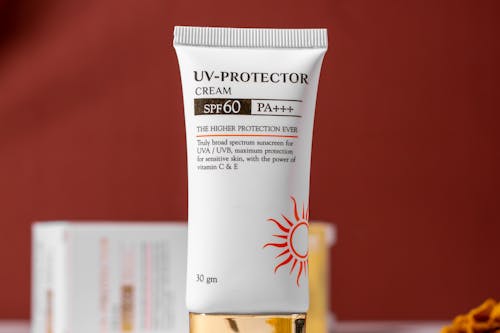
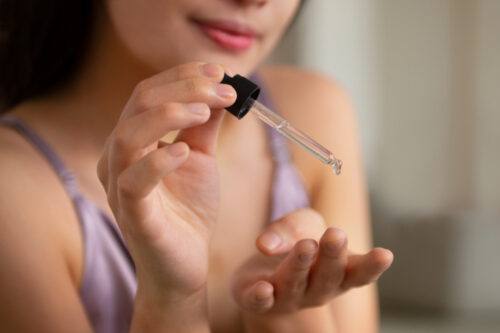
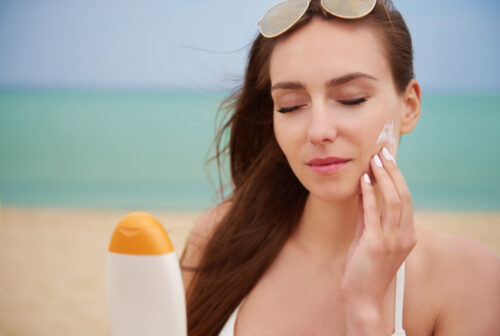
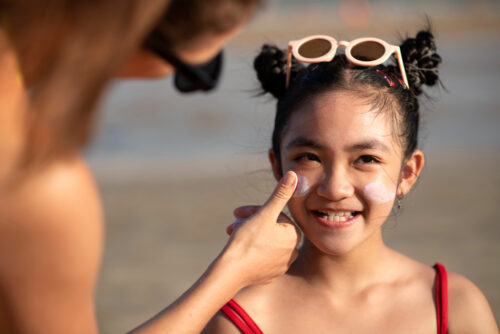
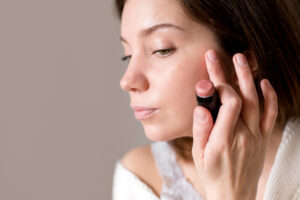
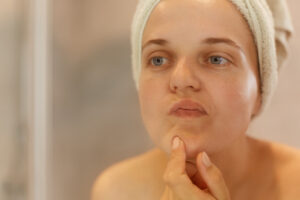
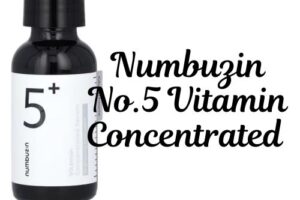
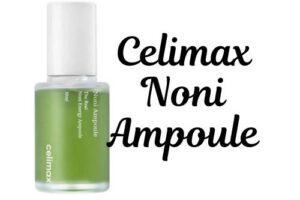
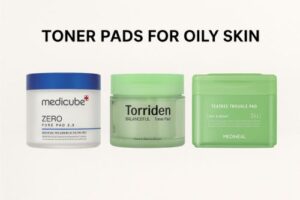
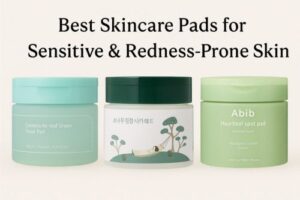
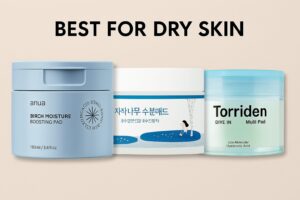
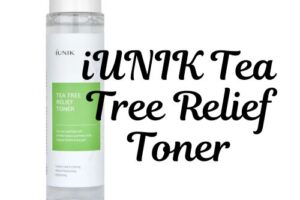
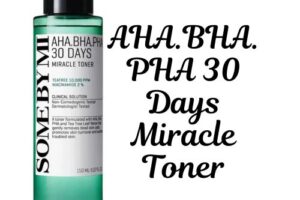
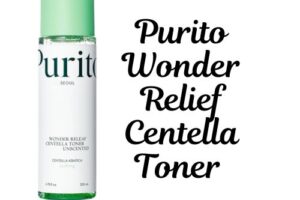
Post Comment